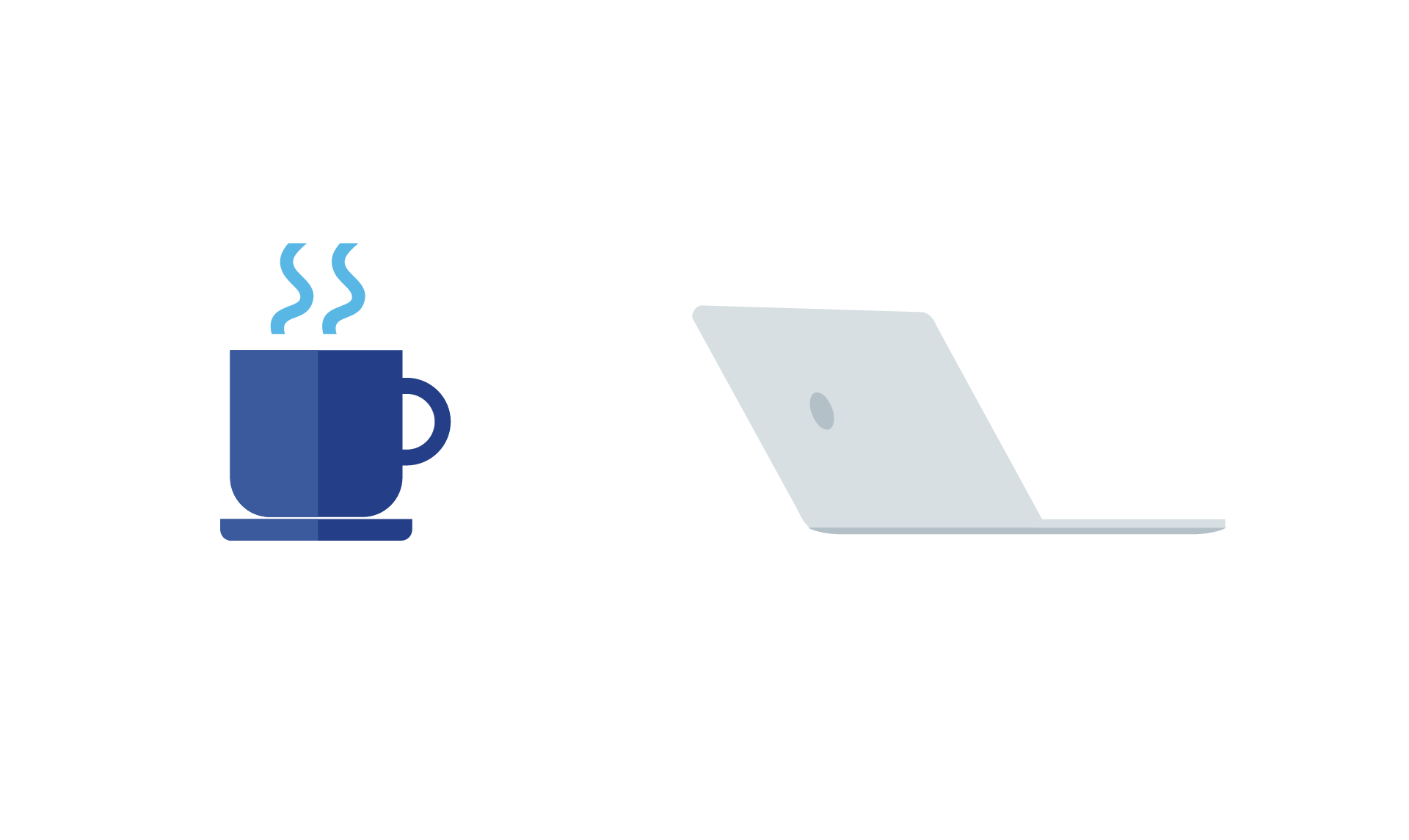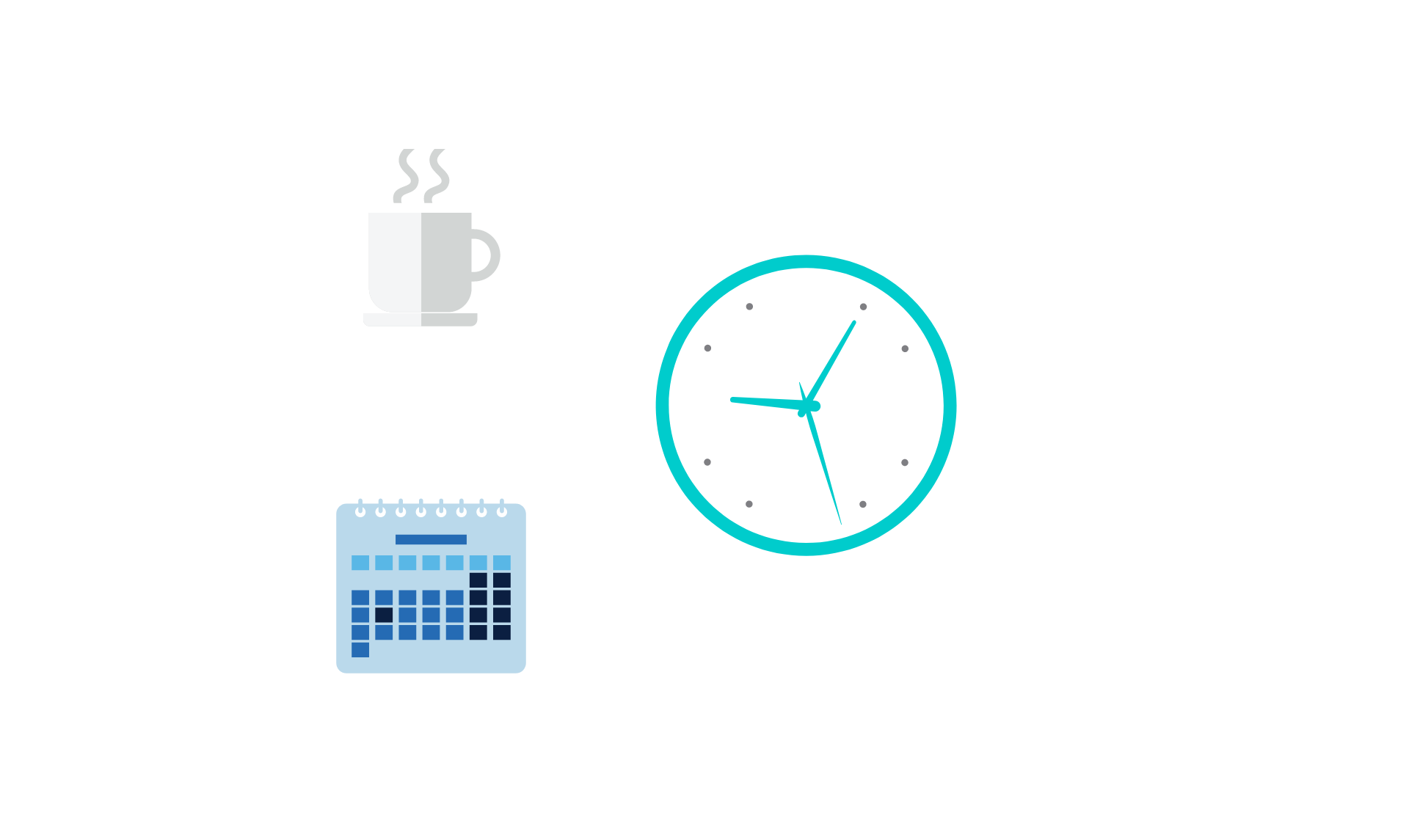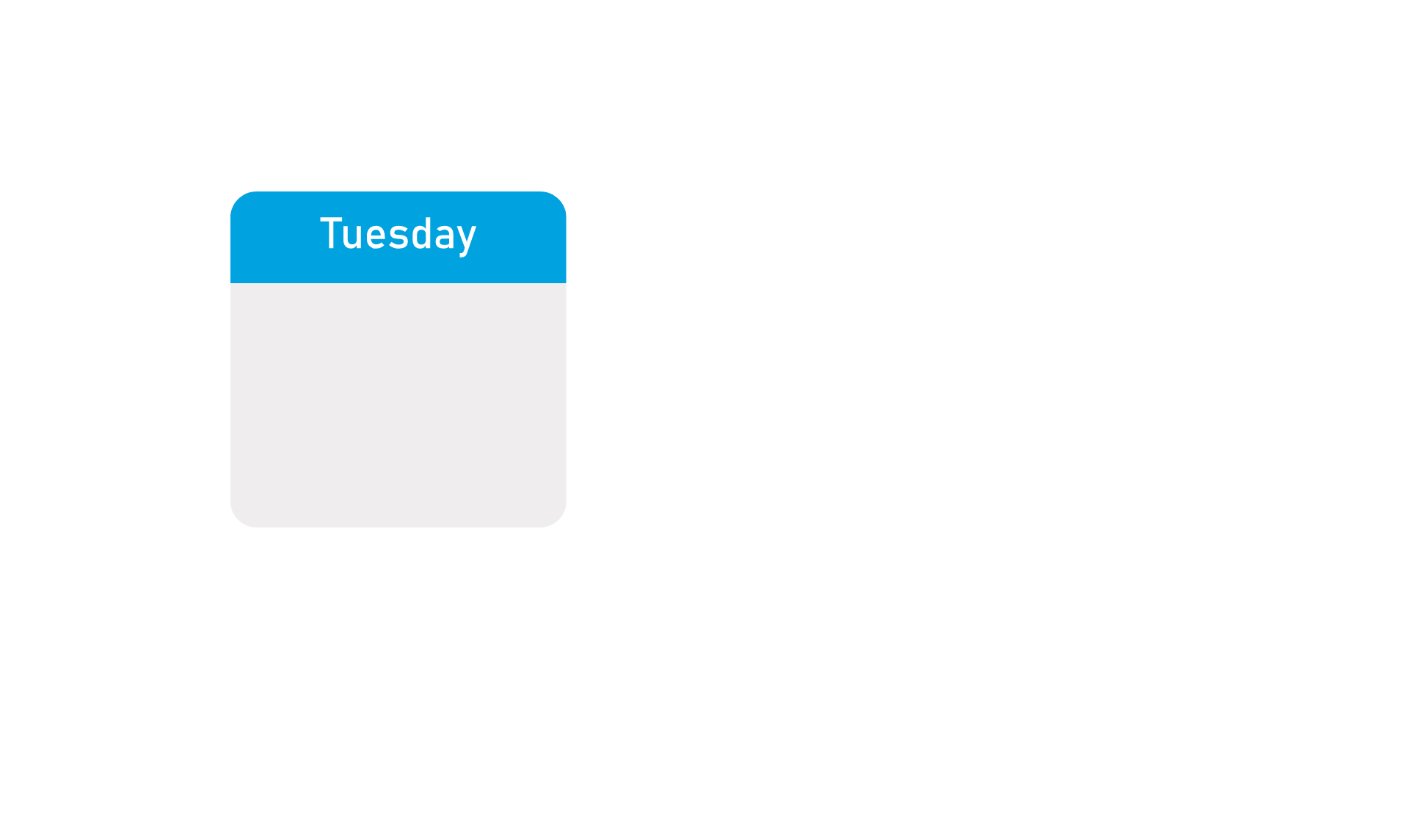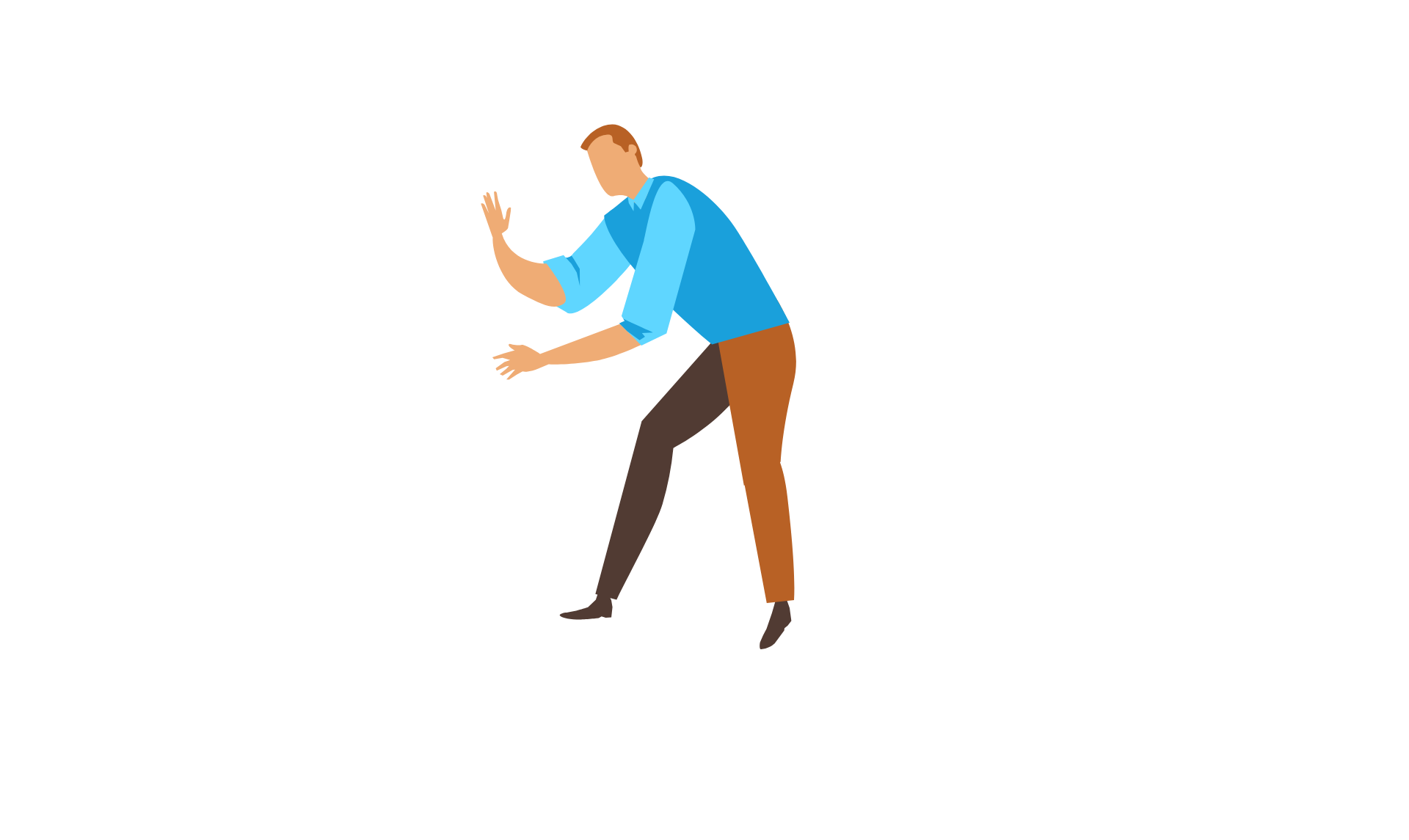1
2
3
5
4
6
As the year rolls in, it may be in your best interest to start your job search in January.
Companies eager to kick-off the new year with fresh talent tend to make the most hires in January and February. This is strongly attributed to the
15% increase in job postings during this time, according to Forbes.
So, why is January such a peak time of year? Seasonal occurrences may be of some influence. During the beginning months of the year, employees return from holiday vacation, and companies begin to ramp up to achieve goals for the new year.
At the start of the year, new company budgets have been established and hiring managers are empowered to fill positions since money is typically available. This hiring activity differs dramatically compared to the end of the year hiring period, as talent acquisition declines amid dwindling funds.
Experts suggest applying for jobs in mid-January once business is back in full gear.
Other thoughts behind this phenomenon include the general cultural attitudes surrounding the previous year's close and the new year. As people often live out the mantra, "new year, new job," companies may experience increased talent deamnd stemming from employee departure.
THE FIRST THREE MONTHS OF THE YEAR
1
Ready to fall into a new career? (Pun intended.)
If so, the leaves changing color may indicate it’s time to shed your job. According to research, the season of pumpkin-spice and football are great months to find a new gig.
According to Indeed.com, many factors influence the increase in hiring efforts during the fall. Employment cycles during this time typically peak due to the end of summer vacations as managers assess the need for additional resources before the upcoming rush of the holiday season. Additionally, as people return to the office, it allows interview scheduling to run smoothly. Nonetheless, companies increase hiring efforts to fill vacant roles before budgets close and the holidays arrives. Employers might also seek talent to achieve year-end goals.
With hiring in full swing and a shortened process, take advantage of the fall season while your competition comes off of summer break.
FALL
2
While seasonality plays a big part in hiring trends, there are optimal times of the day to apply for jobs. According to Forbes, the morning hours are the best time to submit job applications.
Did You Know? Applications submitted between 6 to 10 a.m. have the highest chance of getting an interview.
Lunchtime is another preferred option as employers tend to check emails upon or after their break. The worst time to send an application is toward the end of the day and during the evening hours as employers are wrapping up their tasks.
Since timing can be a deciding factor in having your resume catch the eye of a recruiter, be sure to take these steps to help you stand out among other applicants.
BETWEEN 6 TO 10 A.M.
3




While the start of the workday may be in your favor to send applications, you may be wondering:
What’s the best day and time of the week to find a job?
It isn’t Monday despite popular belief. According to ZipRecruiter’s database, Tuesdays are the best day to apply to a job since approximately 22% of new postings are added to their site on this day. Remember, employers are receiving hundreds of applications within the first 24 to 48 hours of posting a job. Research has proven that the longer you wait to apply to a role, the less your odds are for landing a position.
TUESDAY AT 11 A.M.
4

The age-old saying, “The early bird gets the worm” has never been truer for the job search. It’s generally a best practice to apply early when a job is first posted.
Ideally, being one of the first candidates to get your resume in front of an employer can only benefit you. According to a study from Brazen, approximately 43% of job postings are filled within the first 30 days. Keep in mind, this data also indicates 57% of jobs may still be active after a month. It’s never too late to apply to a job.
Undeniably, if job seekers want to avoid the infamous resume black hole, they need to apply as soon as possible. To be cognizant of your timing when applying to roles, check the time stamp listed on job postings. These dates can be found in various placements, but it’s always in your best interest to take note of them to ensure you’re optimizing your job search.
EARLY



If you’re considering the job search, time is of the essence. It’s essential to seize the day. Unemployment is at a historic record low of 3.7%, according to the BLS.
Hiring is in full effect, and that puts job seekers in the driver’s seat. That means competitive compensation, employee-focused work environments and efficient hiring processes for candidates.
So, get out there today. Hit the ground running and snag the perfect job for you!
TODAY
6
The Best Time to Look for a Job
Finding a job can be overwhelming.
Landing your next role can even feel like a second job. In March 2023, the Bureau of Labor Statistics reported the average duration of unemployment was approximately 20 weeks. That’s nearly five months of work to land a job!
There’s no doubt job seekers spend countless hours while on the hunt for their next career opportunity. Optimizing your professional brand, creating a compelling resume and applying for jobs require a tremendous amount of work.
Now more than ever, timing can be critical when getting your resume in front of the right person at the right moment. Many of us often ask: When is the best time to look for a job?
Luckily, there’s hiring data you can leverage to maximize your job search. Check out these data-driven optimal times by hovering over numbers 1-6.
WHEN IS THE BEST TIME TO LOOK FOR A JOB?







The Best Time to Look for a Job
The Best Time to Look for a Job
The Best Time to Look for a Job
The Best Time to Look for a Job
The Best Time to Look for a Job
The Best Time to Look for a Job
5





































Search Open Jobs
Search Open Jobs
SPACE IN BETWEEN BUTTONS
SPACE IN BETWEEN MODULES/ Macros/ Sections
SPACE IN BETWEEN HEADER AND SUBHEAD + Subhead & Body
professional brand
compelling resume
Bureau of Labor Statistics


